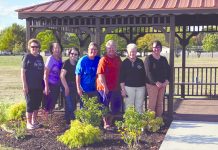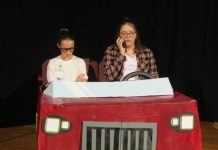On 24 November 1969, the caseworker handed us our baby boy. He was so tiny — just 5 pounds. At two weeks his legs were still drawn up in the fetal position. Newborn clothes were too big. His toddler days were not unusual even though we knew the challenge of raising him required a different…



